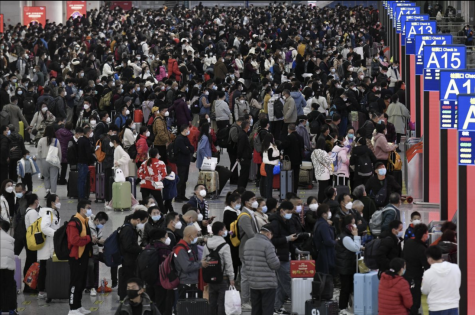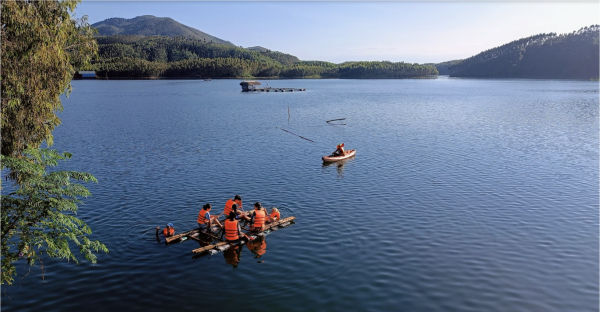Time to Address the Elephant in the Room
A brawl between what police described as right-wingers and a group of 20 asylum-seekers broke out this Wednesday, September 14th, in Bautzen, Germany. It’s been more than a year since the major migrant boom in 2015, where the first influx of refugees flooded into Europe’s countries, mainly due to the conflict in Syria. There has been a steady number of migrants reaching shores of countries such as Germany and Hungary. Ever since the first major influx, international organizations and individual governments have claimed that they will be implementing policies to help with the assimilation of these migrants into the society. Yet, tension between the locals and the asylum-seekers have not dwindled, if not, worsened.
The migrant crisis in Europe is no foreign concept to the people of the global community. There has been lots of talk about asylum-seekers, refugees, and migrants. But these terms don’t mean the same demographic.
So, what exactly is the proper terminology that should be used to describe each group?
A migrant is someone that is moving to another place, or in this case, another country. The possible incentives for migrants to move are because of problems in their home countries; like war, poverty, political differences, etc. Migrants could also be “migrants” due to free will.
On the other hand, a refugee is a migrant that is fleeing their home country because of inhumane living conditions. Hypothetically, they are backed up by the UNHCR (The UN refugee agency) and the international rights corresponding to the 1951 refugee convention. However, there is still a staggering number of refugees that aren’t being aided in any shape or form-simply because the numbers are too colossal to keep track of. These refugees are usually a part of a mass movement, and are referred to as “prima facie” refugees. Lastly, asylum-seekers are refugees that apply for asylum in a different country. Every year, there are at least one million people applying for a refugee status, many of which are not first-time applicants. According to the UNHCR homepage, there were “approximately 1.8 million people around the world waiting for a decision on their asylum claims.”
Although there are many organizations that aim to resolve, or at least assuage this crisis, the most authoritative out of all is the EU. While people are suffering, the EU have been building walls and fences, in hopeful effort to curb the number of refugees coming into their member states. Yet, the EU has failed to help the refugees that are already in their countries with a lack of any specific policies unifying all their member states into one voice.
It’s about high time that the EU devises a well-constructed plan with a fund to allocate money for this particular crisis. If the EU is capable of unification, then this will be an example for other nations to take action and also to aid in at least the minimal protection for the refugees, and this will surely make a difference. The point here is to take as much as you can handle – providing proper care is more crucial than the numbers of refugees that are accepted.
Solving this crisis will neither be easy nor pleasant, but the process is necessary. What’s also necessary is the sharing of this burden with big organizations like the EU and UN, along with independent organizations, like Amnesty International and Human Rights Watch. A step taken now can prevent the future consequences of not taking that step.


